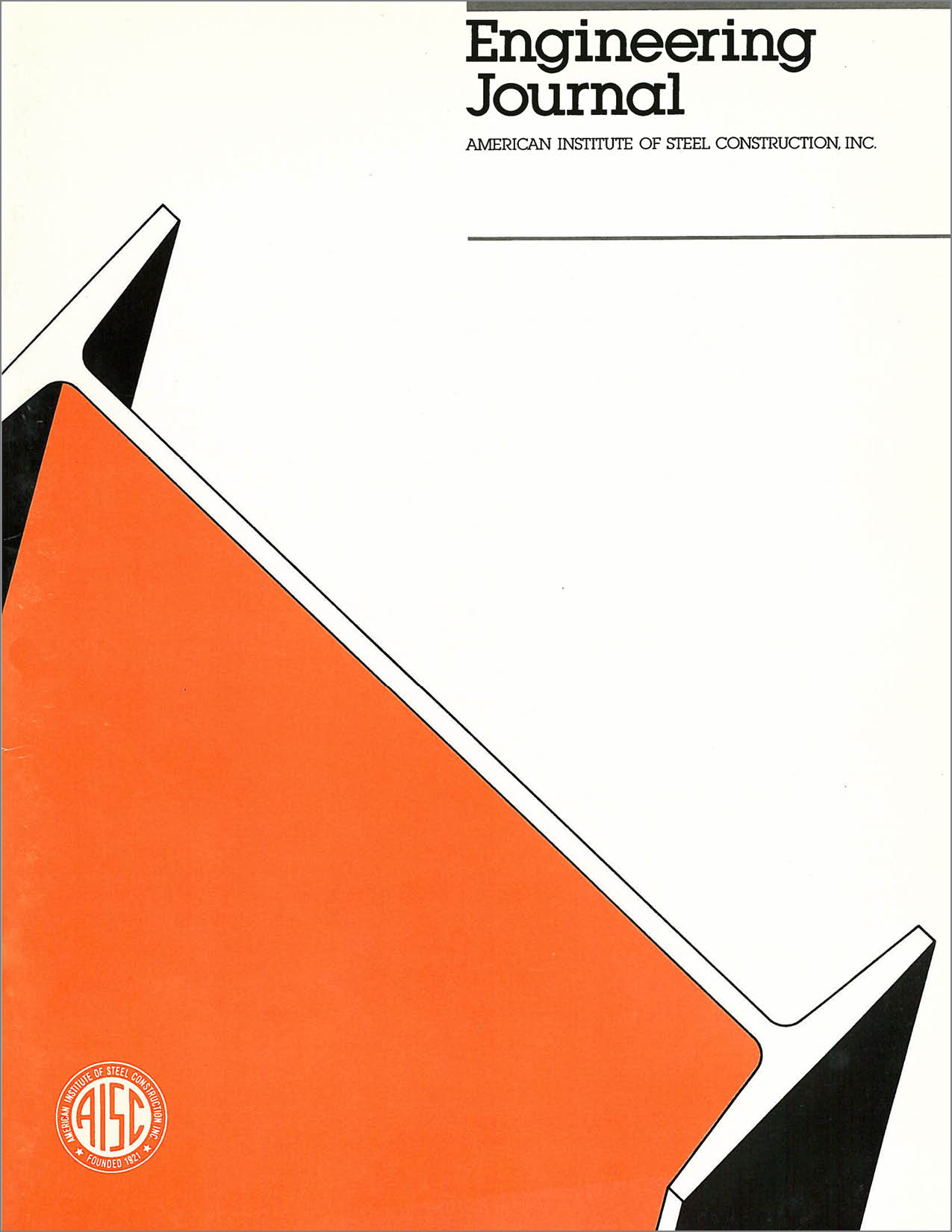The AASHTO Guide Specification for Alternate Load-factor Design Procedures for Steel Beam Bridges
DOI:
https://doi.org/10.62913/engj.v24i1.483Abstract
The 13th Edition of the AASHTO Standard Specifications for Highway Bridges includes provisions for Load Factor Design (LFD) of steel bridges by the strength design method. Limit-state criteria are provided in LFD that ensure that specified structural performance requirements are satisfied. In LFD, shear and moment envelopes are determined by elastic analysis with limited distribution for the effects of local yielding. Therefore, sections are proportioned for strength equal to or greater than required by the envelopes. After 10 years of AISI-sponsored research, Autostressdesign procedures are now included in the AASHTO Guide Specification for Alternate Load-Factor Design Procedures for Steel Beam Bridges Using Braced Compact Sections. Autostress is a procedure that extends the existing LFD rules by introducing improved limit-state criteria. These criteria permit inelastic load redistribution in continuous-beam bridges under heavy loads while satisfying the same structural performance requirements as LFD.

